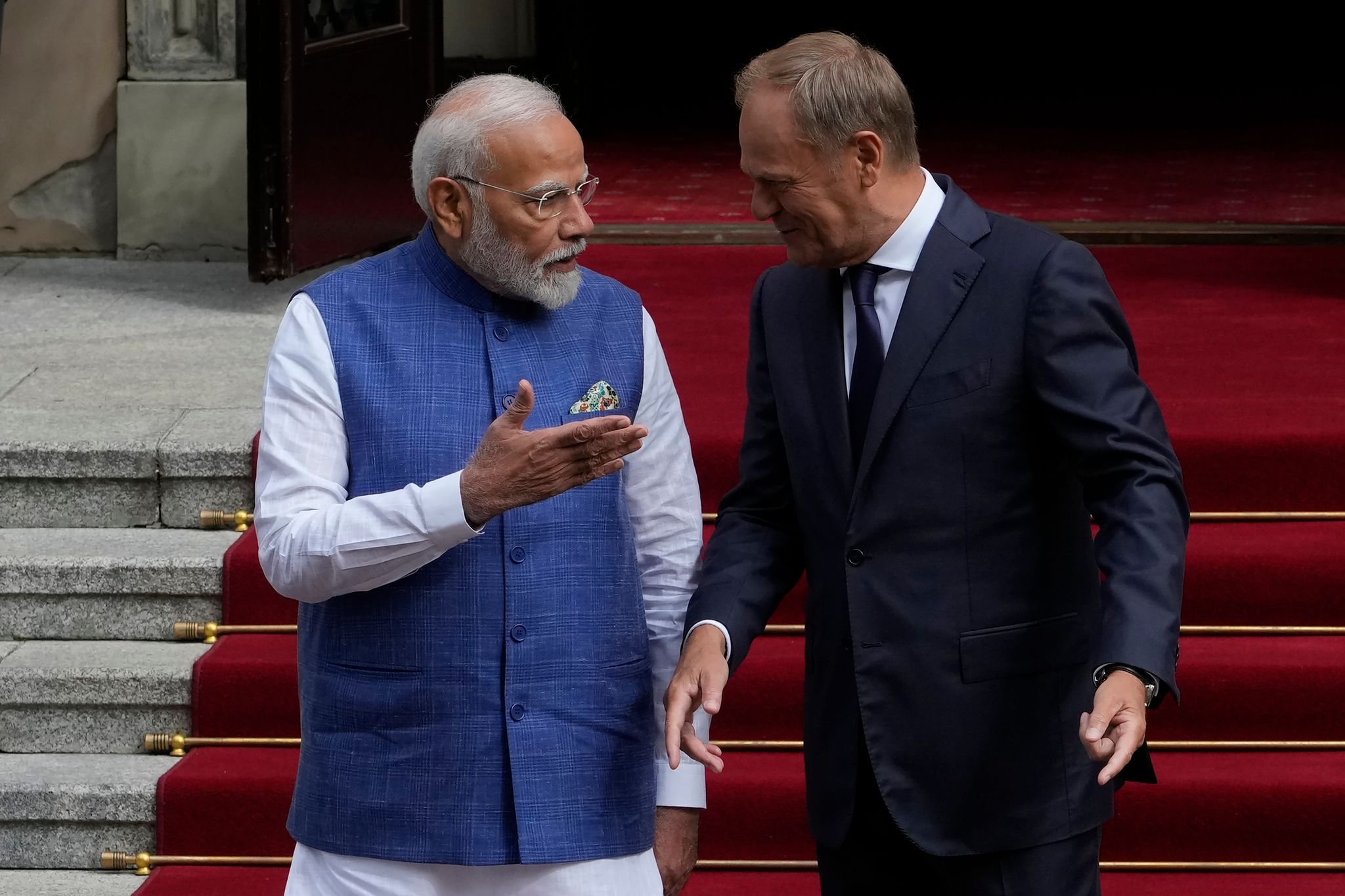India has overtaken China as the world’s most populous country the latest data from the United Nations. With 1.4286 billion people, India has the highest population in the world, while China has 1.4257 billion people. India’s population density is around 382 people per square kilometer, making it one of the most densely populated countries in the world.
demographic structure
India’s demographic structure is characterized by a young and rapidly growing population, with a median age of around 28 years. More than half of the population is under 25 years of age and around 65% are under 35 years of age. In recent decades, India’s birth rate has declined, mainly due to moves to encourage family planning and female education. Despite this, the population is growing by around 17.7 million people every year. By 2050, population growth in India is expected to slow and the average age to increase to 37 years.
India’s population distribution differs significantly between rural and urban areas. About 70% of the population live in rural areas while the remaining 30% live in cities. Mumbai is the largest city in India, followed by Delhi and Bangalore. The growing urbanization of India is causing significant social and economic changes in the country.
Religious diversity is another important demographic fact in India. Hinduism is the predominant religion and accounts for around 80% of the population. There are also significant Muslim, Christian, Sikh and Buddhist communities. This diversity is reflected in Indian culture, language, traditions and customs.
world economy
The shift in population dynamics between India and China is affecting the global economy. As India’s population is younger and growing faster than China, India is expected to experience faster economic growth than China in the coming decades. This could lead India to become the world’s leading economic power in the near future.
opportunities and risks
However, there are also challenges associated with increasing population. Rapidly growing populations can put pressure on natural resources and the environment, leading to reduced quality of life. India also faces challenges in creating jobs and ensuring adequate health care and education for all citizens.
Hence, it is very important for India and other countries to focus on sustainable and inclusive development to address the challenges and opportunities that come with population growth. Better education, especially for women, can help reduce birth rates and improve quality of life. At the same time, investments in infrastructure, healthcare and jobs should help support populations. With a smart and sustainable approach, India can turn its growing population into an economic powerhouse and social advance.

“Subtly charming web junkie. Unapologetic bacon lover. Introvert. Typical foodaholic. Twitter specialist. Professional travel fanatic.”







